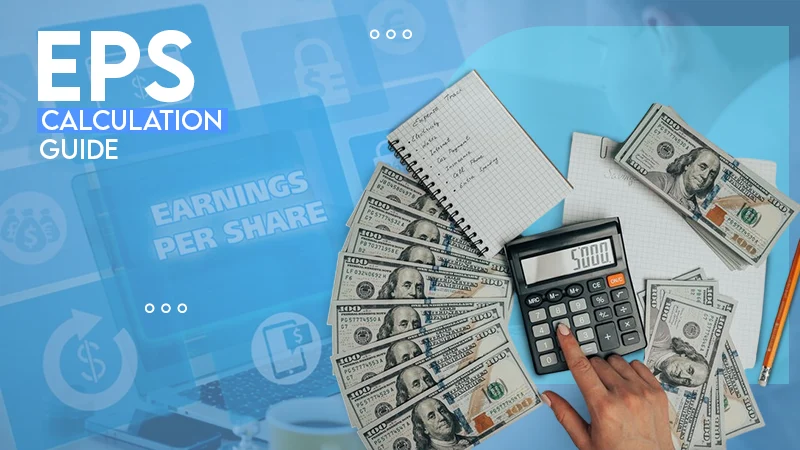Are you the head of a creative agency and thus looking for a state-of-the-art workflow management platform? Try using doBoard—a wonderful project management system to change every part of the creative work for the better!
Learn about this software in the article below, including a quick explanation of how to use it. Let’s get started without further ado.
The Power of Visual Project Management with doBoard
Without robust systems, creative teams aren’t supposed to work at their best. So, if there is no organization, to-do lists and projects can turn out to be very overwhelming. This is where doBoard comes in handy with its revolutionary ways to streamline project management processes.
With a visual structure, doBoard allows creative professionals to stay well-organized and ahead of their time. No matter who you are, a graphic designer, a project manager, a writer, or anything else, this platform allows users to create a detailed breakdown of the work at hand. As a result, completing every project on time becomes possible without stress.
How to Break Down Complex Projects with doBoard
Here is a detailed explanation of how to break down tedious and large projects with doBoard easily. Every project’s completion might seem to be a formidable piece of work at first. But with genuine insights, everyone can streamline key processes and get the project done with maximum quality.
Identify Different Project Stages
The most crucial step is to identify the various stages involved in the completion of a particular project. There are phases, such as brainstorming, outlining, giving structure to the vague scope, design, development, and determination of various methodologies to achieve the end goal.
For example, a web development project involves stages like conceptualization, UI/UX design, coding, testing, layout testing, ensuring that the final website is interactive, etc. doBoard helps do it in the best way possible.
Assign Clear Responsibilities for Each Task
Within a project, various smaller tasks are handled by a variety of expert professionals. A single person cannot manage all the specialized tasks themselves, thus giving rise to the need for assigning clear responsibilities for each task.
So, to complete the project with doBoard in the most optimal way, ensure that you assign every doable unit of the project to a competent staff member or professional to ensure quality in the final project.
Set Deadlines and Track Progress
Next, setting deadlines is a key consideration. Without it, Parkinson’s law would prevail, and there would be unwanted and illogical delays in the completion of a particular piece of work.
Parkinson’s law says that the work expands to fill the time limit allotted. In other words, if you offer two days to complete a task that could have been completed within a few hours, the work won’t be finished unless it is on the second day. Thus, always set tight task deadlines. And, track progress seriously.
Visualize Potential Bottlenecks
Next, if a task has been taking longer than it should, it is time to check if potential bottlenecks are getting in the way. The obstacles could range from a lack of resources, personal disputes, incompetence in handling certain aspects of a task, and inability to create a feature, to likely impracticality. The doboard tools help stay ahead of the game by finding what is wrong very quickly.
Track Progress Across Multiple Projects
The doBoard platform is a modern project management solution. With its feature-packed dashboards and user-friendly design, every project manager can handle various projects and check their progress conditions effectively by just switching from one panel to another.
Create a separate dashboard for each project and stay organized. Oversee many projects at a glance and make informed decisions.
Collaboration Made Easy

In project management, proper collaboration is a crucial element. Without it, misunderstanding takes over, and the project often gets completed with numerous shortcomings. However, with doBoard, there is no room for such problems.
The tool ensures quality interactions among key stakeholders in a project by enabling users to leave comments, tag colleagues, provide crucial information and guidance through attachments, and be able to do similar other activities! All the concerned professionals handling a project can access the same dashboard so as to ensure that everyone is on the same page.
If there are any issues or problems, a user can easily flag the same on the interface as well for quick resolution and timely work completion.
Final Thoughts
So, to boost your agency’s productivity and maximize the final product’s quality, leverage doBoard. If you face any difficulty in using it, make sure that you connect with the customer support team for insightful talks.
However, the platform is highly intuitive and user-friendly, thus imposing no need for getting in touch with a support member to beat a steep learning curve. With a little time, almost everyone can learn to use it to their advantage.






